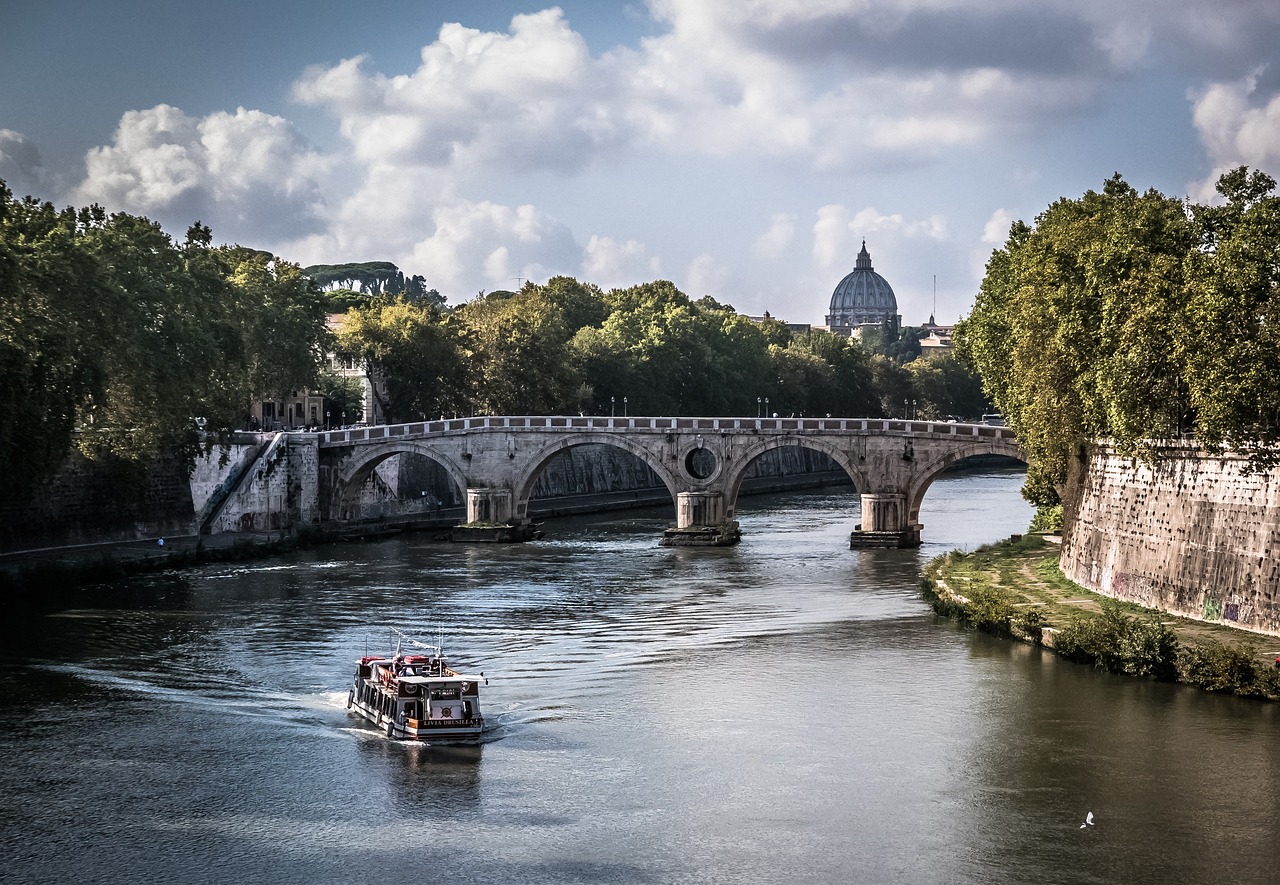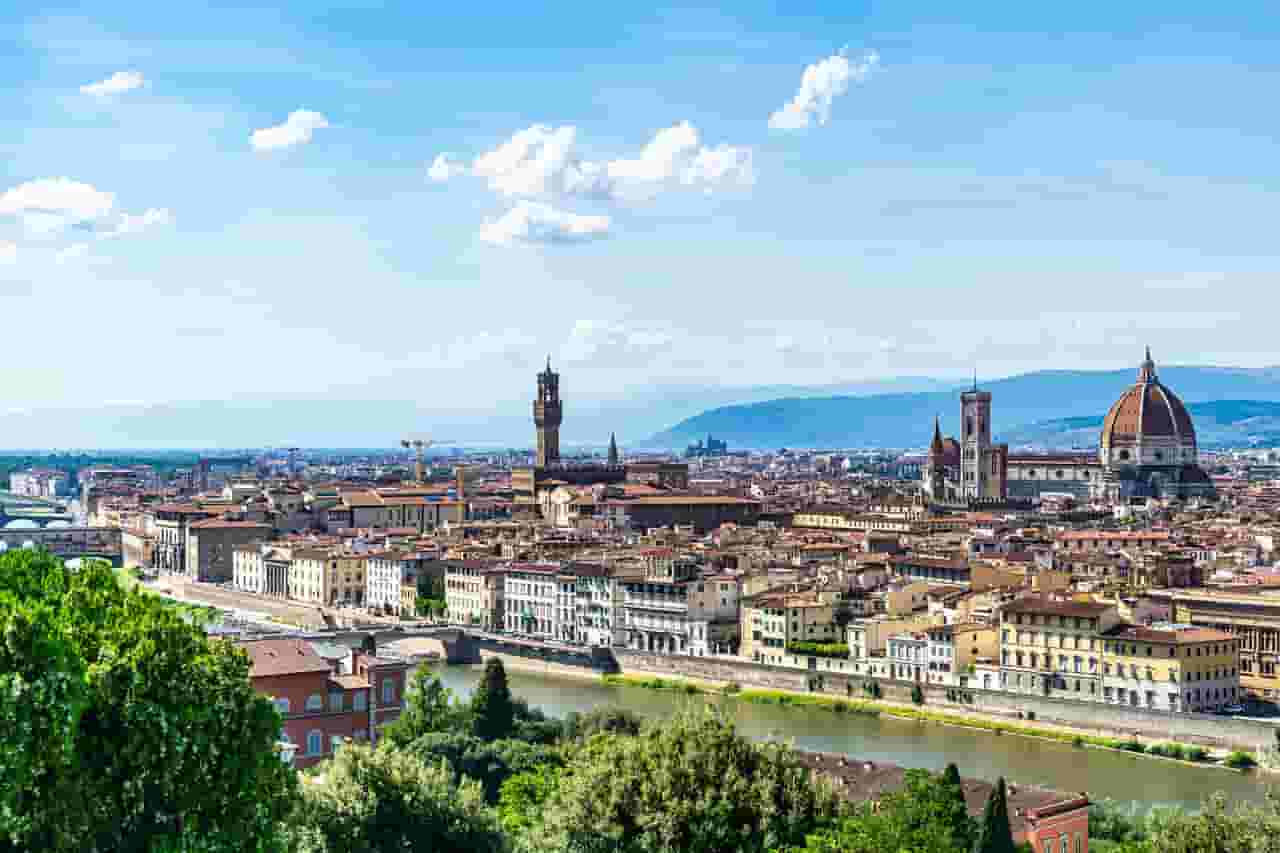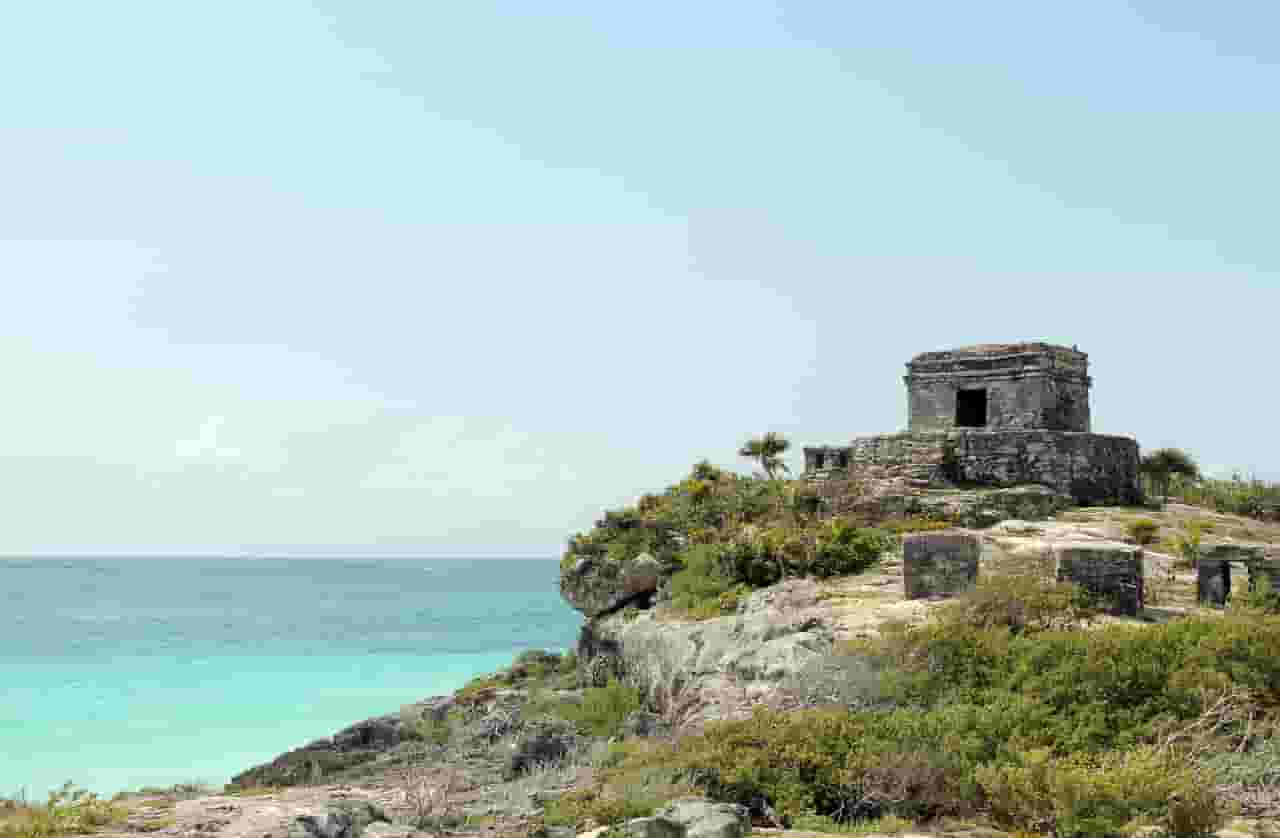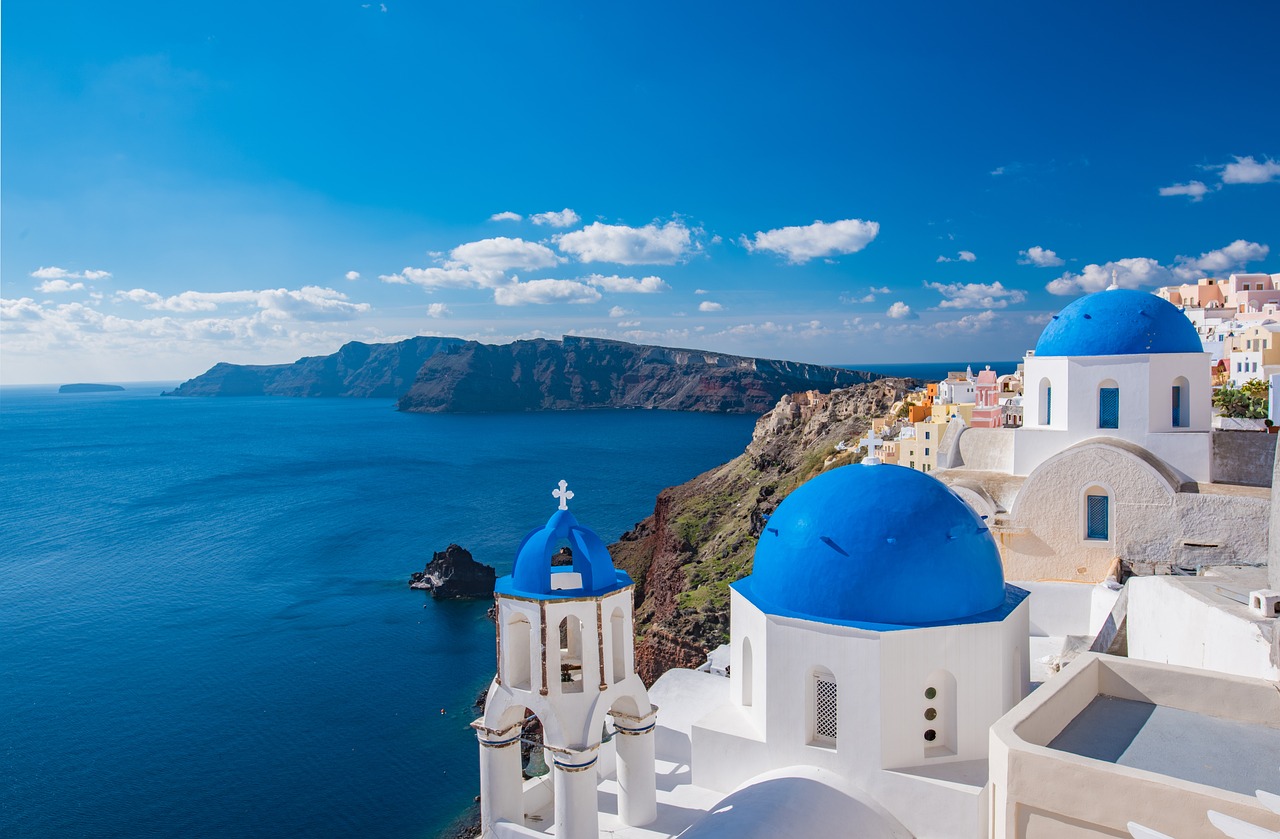Rome, often adorned with the illustrious title “The Eternal City,” is a majestic tapestry of history, culture, and timeless beauty. Its ancient ruins, Renaissance art, and vibrant street life converge to offer a unique experience for travelers from all corners of the globe. Here we will discuss about Rome tours.
A Brief Historical Overview
Before embarking on your journey through Rome, it is essential to understand the historical context that shapes this magnificent city. Founded in 753 BC, Rome has evolved from a humble settlement on the banks of the Tiber River into a bustling metropolis, renowned for its architectural marvels and role as the heart of the former Roman Empire. The remnants of its storied past can be witnessed in remarkable sites such as the Colosseum, the Roman Forum, and the Pantheon.
In addition to its ancient heritage, Rome is also the epicenter of the Catholic Church, with St. Peter’s Basilica and the Vatican Museums serving as pivotal landmarks that draw millions of visitors each year. This rich amalgamation of history and spirituality provides a substantial draw for travelers, making it imperative to engage with its depths through well-informed and expertly guided tours.
Iconic Landmarks to Explore in Rome tours
The Colosseum
No visit to Rome is complete without setting foot in the Colosseum, one of the most recognizable symbols of the city. This ancient arena, which once hosted gladiatorial contests and public spectacles, is a testament to Roman architectural prowess. A guided tour allows you to delve into the fascinating stories of its past, offering a glimpse into the lives of those who once gathered here.
The Roman Forum
Adjacent to the Colosseum, the Roman Forum served as the center of public life in ancient Rome. A guided tour provides context to the ruins, enabling you to envision the bustling activity that once characterized this area. From temples dedicated to the gods to the Senate house, the Forum encompasses the rich political, religious, and social life of the ancient Romans.
Read more: Unforgettable adventures Glacier National Park tours
Vatican City
Home to the Pope and a treasure trove of art, Vatican City is a must-see for any traveler in Rome. A guided tour will navigate you through St. Peter’s Basilica, the Vatican Museums, and the Sistine Chapel, where you can marvel at Michelangelo’s masterful frescoes, such as “The Creation of Adam.” The intricacies of Vatican history and its significance in the Catholic faith can be best appreciated through the insights of a knowledgeable guide.
The Pantheon
The Pantheon, originally constructed as a temple for the gods, is a marvel of ancient engineering. Its massive dome and oculus have inspired architects for centuries. A guided tour provides not only the technical details of its construction but also the cultural significance of this remarkable structure, making your visit all the more enriching.
The Trevi Fountain
Nestled in the heart of Rome, the Trevi Fountain is a breathtaking masterpiece of Baroque art. Legend has it that tossing a coin into the fountain ensures a return to the city. A tour guide can impart the lore surrounding this enchanting site while also guiding you on the best spots to capture stunning photographs.
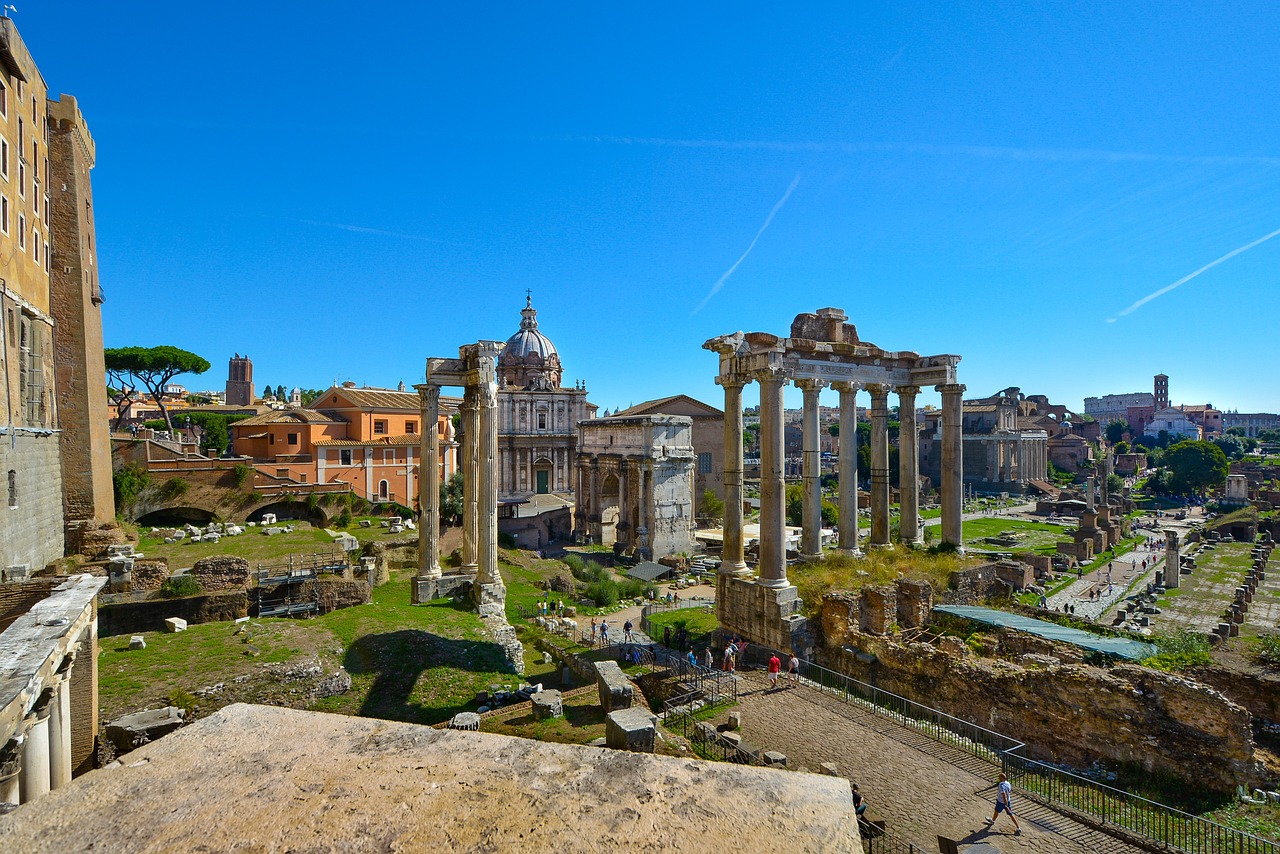
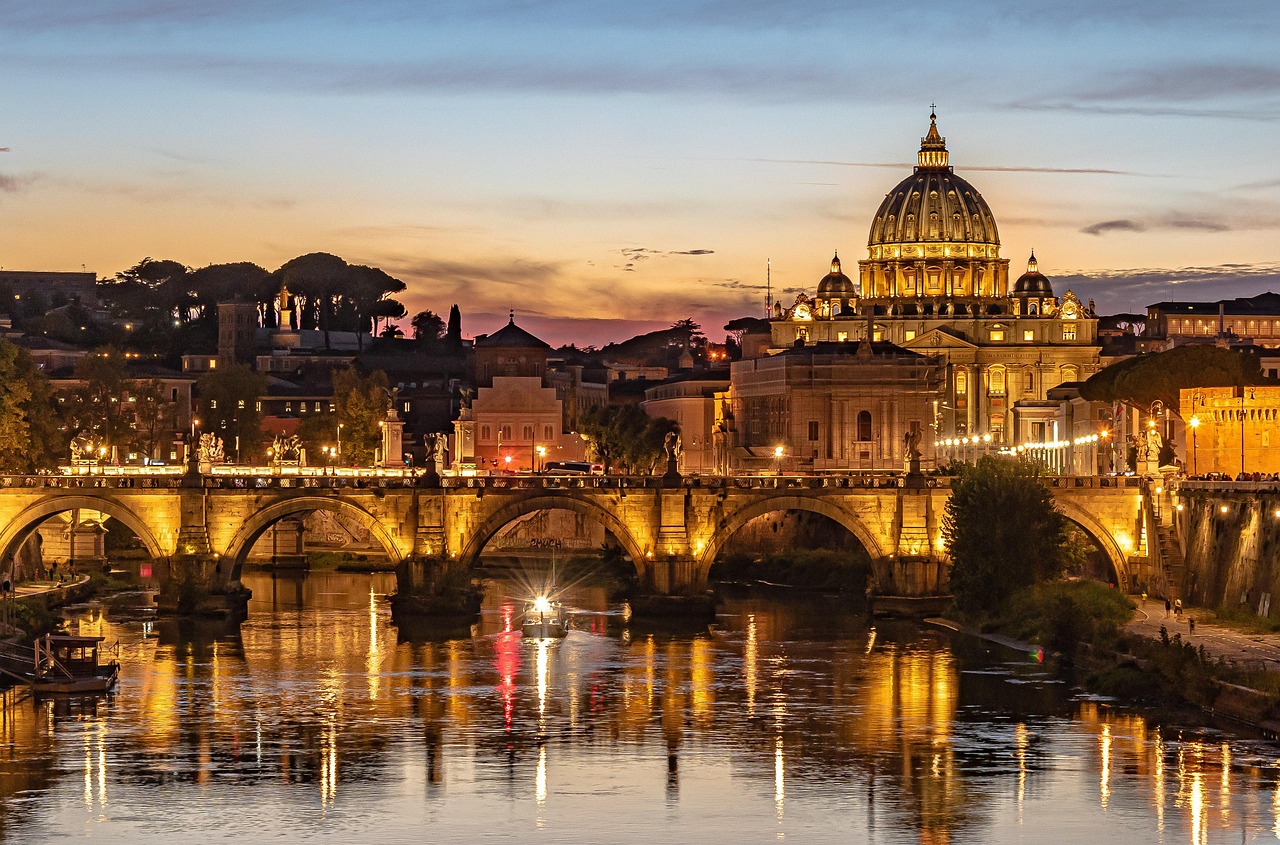
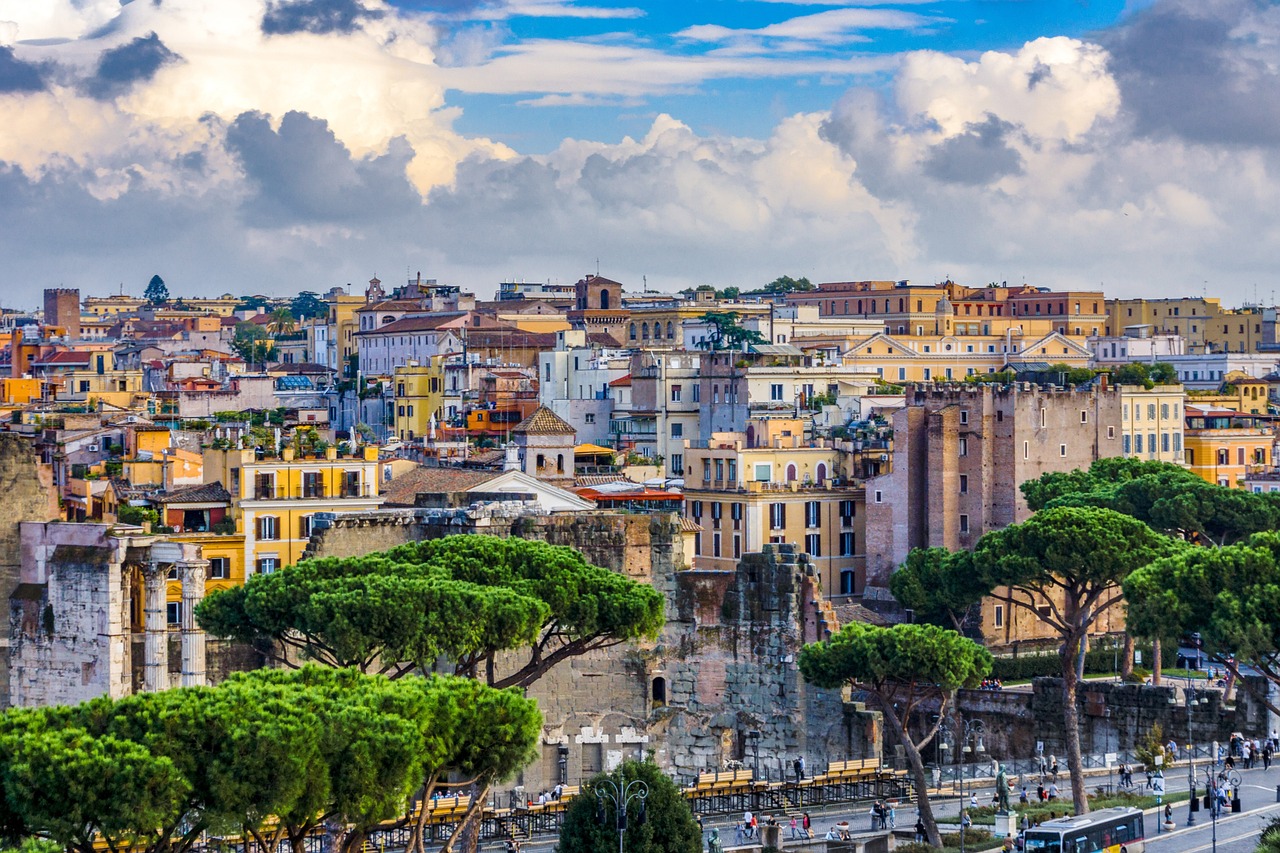
Incorporating Food Tours
Roman cuisine is a celebration of flavors, and a culinary tour is an excellent way to immerse yourself in the city’s gastronomy. From classic dishes such as Carbonara and Cacio e Pepe to delectable gelato and fresh Focaccia, indulging in local fare enhances your experience of the city. A food tour typically includes visits to local markets and trattorias, allowing you to taste authentic dishes while learning about the history of each ingredient and recipe.
When is the best time to travel to Rome
The best time to travel to Rome is during the spring and fall months. From April to June, the weather is mild and pleasant. You can enjoy blooming flowers and fewer crowds. Fall, particularly September to October, offers warm temperatures and vibrant autumn colors. Both seasons provide ideal conditions for sightseeing and outdoor activities. Summer can be hot and crowded, making it less enjoyable for many travelers. Winter, while cooler, has its charm with festive decorations and fewer tourists. Overall, spring and fall provide the best experience for exploring the city’s rich history and culture.
Navigating the City some practical Tips and Rome travel guide
Public Transportation
Rome’s public transportation system includes buses, trams, and the metro, making it relatively easy to navigate the city. However, a guided tour can often provide more efficient routes that cover significant landmarks in a timely manner.
Attire and Comfort
Given the amount of walking involved during tours, comfortable footwear is crucial. Additionally, visitors should adhere to dress codes when visiting religious sites, such as the Vatican, where modest clothing is required.
Booking Tours in Advance
To secure the best guides and avoid long lines, it is advisable to book tours in advance. Many reputable tour companies offer online booking options, allowing for flexibility in choosing dates and times.
Rome stands as a testament to the grandeur of human achievement and the passage of time. With its captivating history, profound art, and vibrant streets, the city beckons explorers to uncover its secrets. Engaging a knowledgeable tour guide can significantly enhance your travel experience, transforming your visit into a profound journey through the annals of history.
Some hotels in Rome
Here are some notable hotels in Rome:
Hotel de Russie: This luxury hotel offers elegant rooms and stunning gardens. Located near the Spanish Steps, guests enjoy a prime location for exploring.
Hotel Artemide: This stylish hotel boasts modern amenities and a rooftop terrace with sweeping city views. It sits on Via Nazionale, close to major attractions.
Palazzo Manfredi: Guests experience unparalleled views of the Colosseum from this boutique hotel. The intimate atmosphere and gourmet dining enhance the luxurious stay.
The Savoy Hotel: This historic hotel features classic decor and contemporary comforts. Its central location makes it easy to reach shopping areas and cultural sites.
Hotel Hassler: Located at the top of the Spanish Steps, this five-star hotel offers opulent accommodations. Guests appreciate the spa and fine dining options.es it convenient for travelers.

